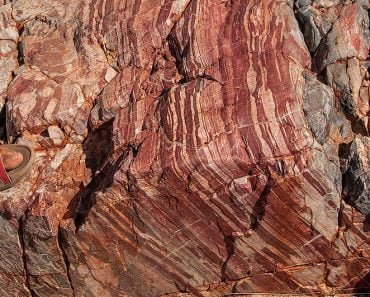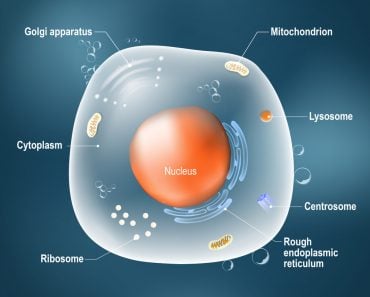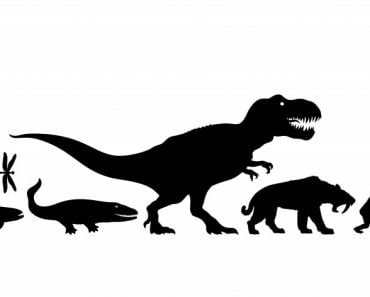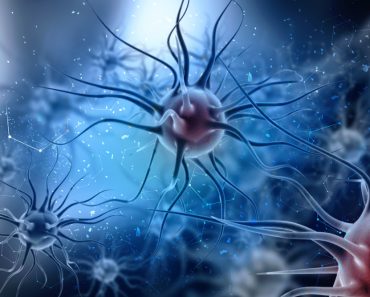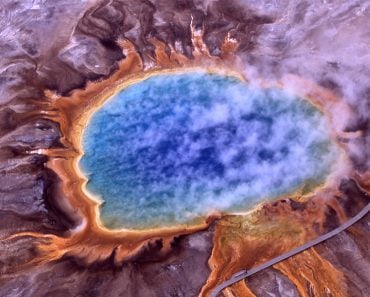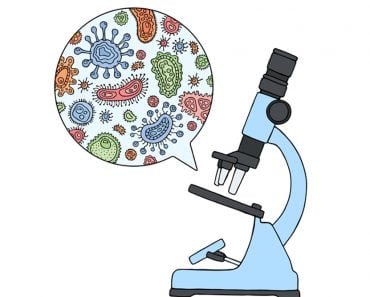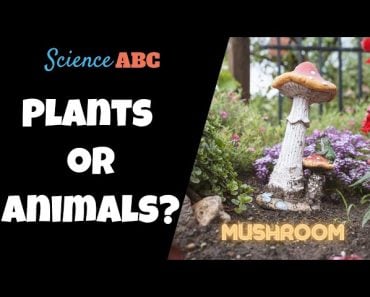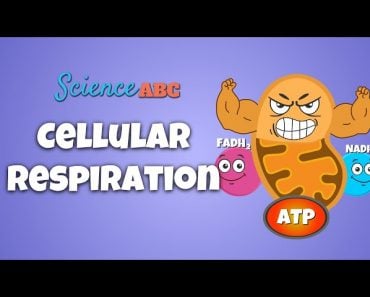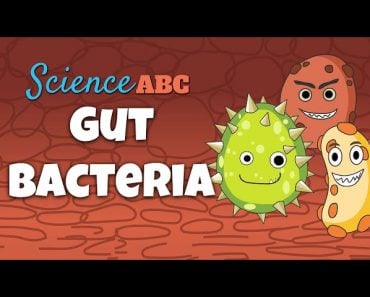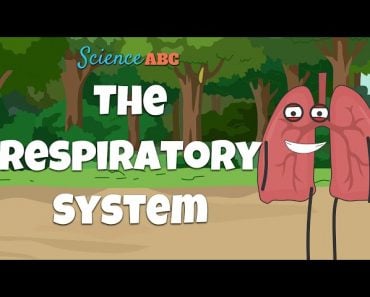The endosymbiotic theory suggests that mitochondria and chloroplasts are two organelles that began as bacteria engulfed by another microbe called an archaea.
“Mitochondria are the…”
I’m not a mind reader, but you probably just heard an old echo in your mind “powerhouse of the cell!” After all, that’s what we were all taught throughout our school years.
Life on Earth as we know it started with prokaryotes, the simplest form of life. Over time, the evolutionary wheel churned out a more complex organism that could carry out metabolic reactions that prokaryotes couldn’t. Mitochondria gave eukaryotes the upper hand in comparison to prokaryotes in terms of energy production.
Mitochondria allow a cell to produce 15 times more ATP than it normally could.
Aerobic eukaryotic cells would most likely die of low or no energy were it not for the presence of mitochondria. After all, they are the main players when it comes to producing ATP molecules — the energy currency of every cell. Oxygen-breathing higher animals, such as us humans, would be unable to survive without this critical organelle.
In 1967, American biologist Lynn Margulis published an article on a theory of how or rather where the mitochondria came from: the endosymbiotic theory.
So, how did mitochondria end up in eukaryotic cells? Where did they come from?
Recommended Video for you:
The Endosymbiotic Theory
Endosymbiosis refers to a situation when one organism lives inside another, to each organism’s mutual benefit.
The endosymbiotic theory suggests that eukaryotes arose from prokaryotes as a result of an endosymbiotic relationship between two free-living prokaryotes. Scientists believe that mitochondria and chloroplasts are two such organelles that share this special relationship with their host eukaryotic cell.
Chloroplasts (the photosynthesizing organelle in plant cells) are thought to originate from photosynthesizing cyanobacteria.
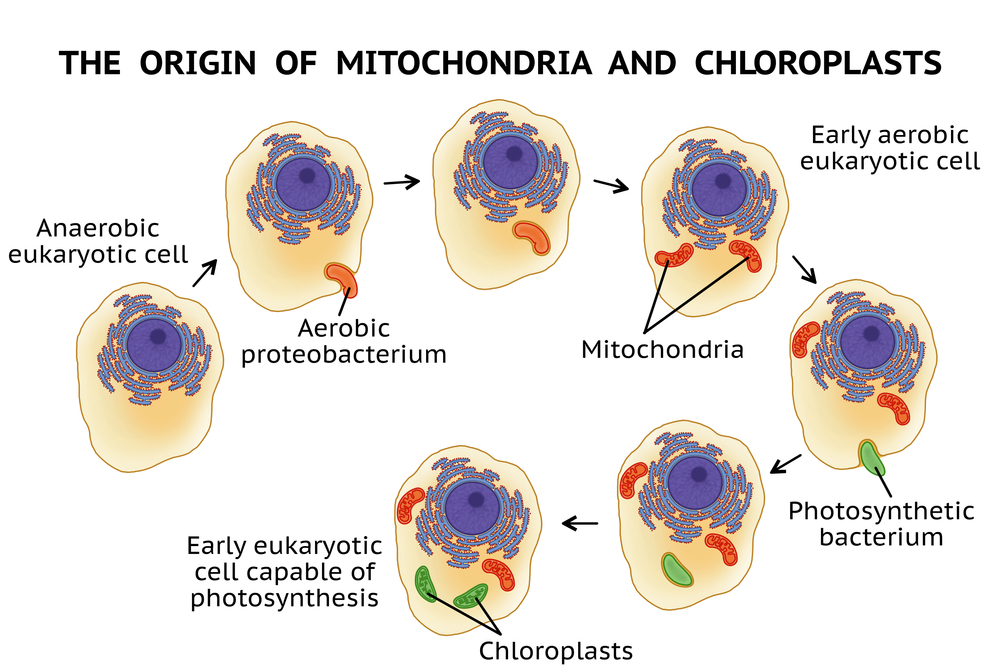
Mitochondria, on the other hand, may have evolved from a free-living aerobic prokaryote, the alpha-proteobacterium.
Mitochondria and chloroplasts have their own DNA that differs from the DNA of a eukaryotic cell. The DNA within modern mitochondria and chloroplasts is circular, similar to those in bacteria. When we analyze that specific DNA, we find that the mitochondria in our cells are closely related to a certain gram-negative (purple-staining) alpha-proteobacteria Rickettsia prowazekii.
R. prowazekii is (surprise!) an obligate parasite that lives within the cells of its host. The host cell is closely related to Asgard archaea, but the precise nature of the host cell is still a matter of debate.
The host provided nutrients and protection to the prokaryote, while the proteobacterium would provide energy to the host by efficient metabolism using oxygen.
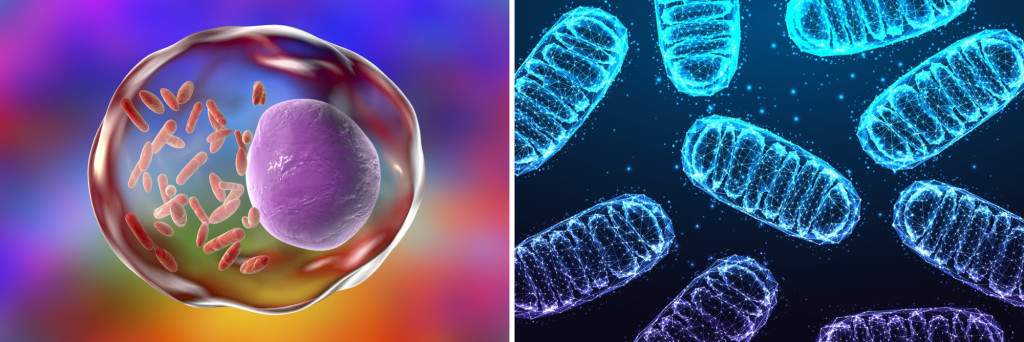
What Led To Endosymbiosis?
It all started billions of years ago, about 2.33 billion years ago, to be more precise. The earth’s atmosphere experienced a sudden dramatic increase in the concentration of atmospheric oxygen in a phenomenon that was later called the Great Oxidation Event.
Before this period, the oxygen concentration in the atmosphere was as low as 10mmHg (as compared to 150mmHg now). This low level is believed to be due to the absorption of free oxygen in the atmosphere by the ocean and land surface. However, the sudden rise in oxygen levels that occurred over the span of 1 to 10 million years can be credited to the photosynthetic activity of cyanobacteria.
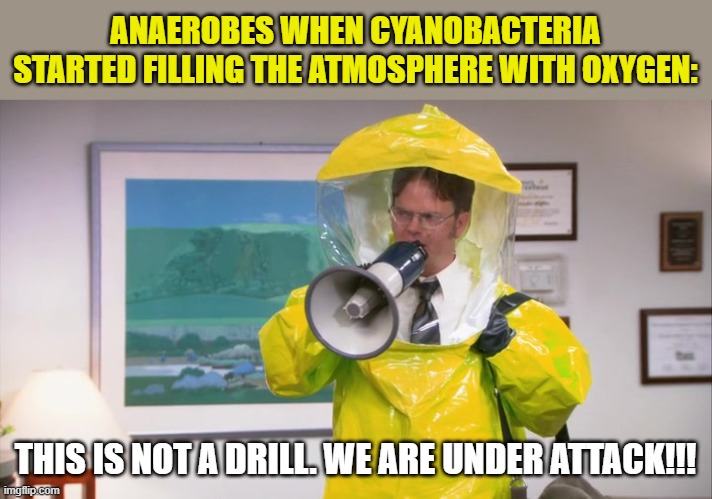
Under such changing conditions, the organisms that had explicitly adapted to survive in low-oxygen conditions found it difficult to survive comfortably. These anaerobic cells had to find a way to prevent a total collapse of their species. That’s when the anaerobic, hydrogen-dependent archaeon spotted the oxygen-metabolizing alpha-proteobacterium and swallowed it up.
The engulfment of an aerobe capable of using oxygen to produce energy by an organism dependent on fermentation and glycolysis proved to be a huge evolutionary advantage.
The necessity to change in order to survive drove the evolution of simple prokaryotes into efficient eukaryotes.
Evolutionary Changes In The Alpha-proteobacterium
Now that the aerobic bacterium had agreed on a mutually beneficial relationship with the anaerobic cell and decided to move inside the host cell for good, it had to undergo a few key adjustments:
- Get rid of unwanted genetic information
- Endosymbiotic gene transfer (EGT) to the cell nucleus.
- Modify the cell envelope
- Formation of biochemical pathways with the host
- Develop machinery to import proteins from the host to generate energy for the host cell.
- Change in the structure of Cristea
Evidence To Suggest That Mitochondria Are An Endosymbiont
Mitochondria, apart from being a doppelganger of Rickettsia, share many similarities to their prokaryotic ancestors.
A eukaryotic cell cannot produce the mitochondria from scratch. Like prokaryotes, mitochondria show binary division and distribute themselves within the cytoplasm of the cell before dividing. According to one study, the protein complexes responsible for cristae formation also have an alpha-proteobacterium origin.
Mitochondria have two membrane layers, one of which may have prokaryotic origins, while the other must have formed after the engulfment. Porins are passages that allow for the transportation of small molecules across the outer membrane of mitochondria, as well as in prokaryotes.
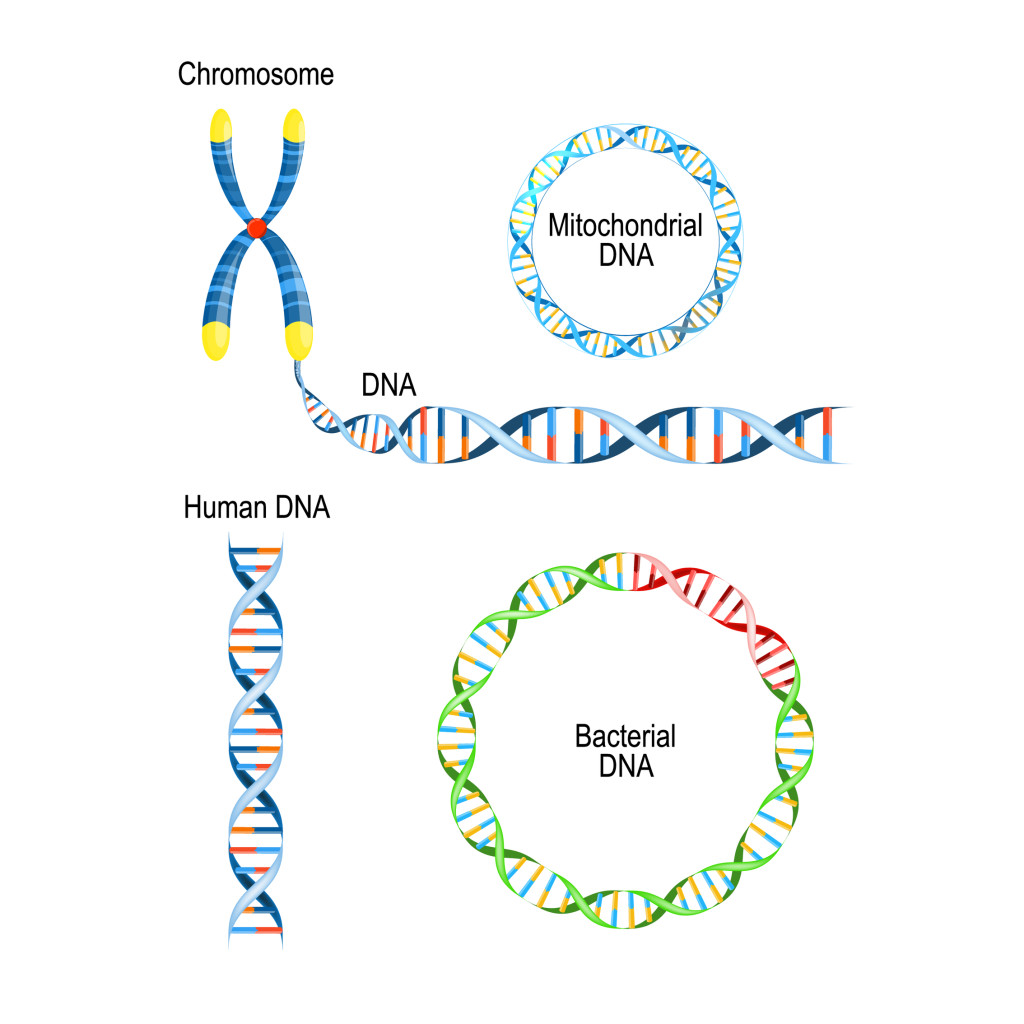
Mitochondria have their own separate DNA. Although smaller in size, it is similar to the circular DNA of bacteria, but it differs from the linear DNA present in our cell nuclei.
Conclusion
There are many variations of the endosymbiosis theory of mitochondrial origin floating around in the scientific community, and there is ongoing debate regarding the details of the idea.
Be that as it may, the prospect of mitochondria once being an independent organism that decided to permanently move inside a host cell is quite baffling. This can be considered one of the only relationships that caused a monumental change in life on earth. What if the alpha-proteobacterium had never been engulfed by the host cell? Quite a harrowing thought to think about, no? Sometimes, a major change in the history of life just comes down to dumb luck!
References (click to expand)
- T Vellai. (1999) the difference between prokaryotic and eukaryotic cells.. National Center for Biotechnology Information
- 23.1 Eukaryotic Origins - Biology 2e. OpenStax
- Eukaryotes and their Origins | Organismal Biology. Georgia Institute of Technology
- Boguszewska, K., Szewczuk, M., Kaźmierczak-Barańska, J., & Karwowski, B. T. (2020, June 21). The Similarities between Human Mitochondria and Bacteria in the Context of Structure, Genome, and Base Excision Repair System. Molecules. MDPI AG.
- Login to your account - www.cell.com

